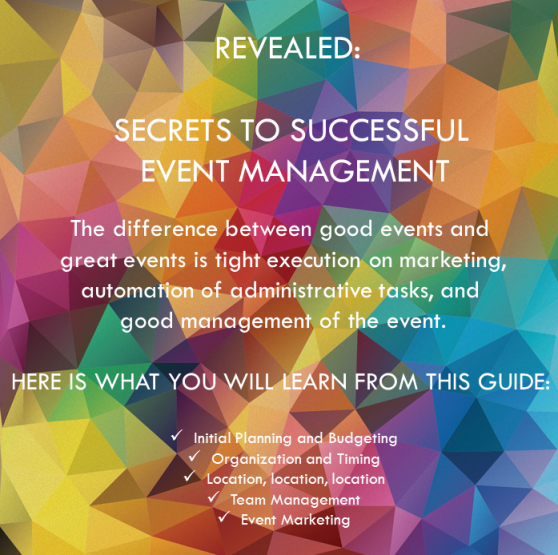
When I was a much younger parent, my five daughters loved watching animated Disney films. The girls would watch them over and over, until they had every line memorized. In fact, they overworked our copy of "The Little Mermaid" VHS cassettes to the point that it eventually puked its guts out, and we had to throw it away. (Very '80s, I know). Almost suicidal over the prospect of going even one day without watching the movie for the 385th time, the girls sent me out to the closest Blockbuster video store (remember those?) to buy a replacement.
To my shock and horror, there wasn't a VHS (or even Betamax) copy to be found – anywhere in town!
During my desperate search, one sympathetic assistant manager informed me that Disney had pulled all the copies and put them into the "Disney Vault" to be locked away until a re-release would be scheduled.
My next exchange with my daughters went something like this:
Daughters: Dad, can we watch "The Little Mermaid?"
Dad: I'm sorry, but they no longer sell "The Little Mermaid."
Daughters: What!?!? Aaaugghh!!!
Dad: But you girls have every line memorized. Can't you just pretend to watch it?
Daughters: Dad, you're such a dork!!
This single exchange convinced me to immediately buy multiple copies of every Disney movie the moment it was available for sale.
With that decision firmly made, the exchange changed drastically to this:
Daughters: Dad, can we watch "The Little Mermaid?"
Dad: Of course, but this is the fourth time today, you know.
Daughters: Dad, you're such a dork!!
What the marketers at Disney understood, was the power of "scarcity." If "The Little Mermaid" had been readily available anytime anywhere, the demand would have been far lower. But by making their products somewhat unavailable, it created an explosive demand not just for "The Little Mermaid," but for every Disney movie, every time it was scheduled for re-release.
How can we, as trade show marketers, take advantage of this principle? The answer is simple and subtle. Pull your stuff back – just a little. The majority of exhibitors feel the strong need to "push" their products out toward visitors, bombarding them in the aisles with their strongest pitch. After all, you should lead with your best, in order to compete for attendees' attention, right?
While that might be true in many cases, consider an alternative. Instead of focusing on how to "push" your products to attendees, try focusing (like Disney does) on how to "pull" attendees toward your products instead.
First, move your product away from the aisle. This forces visitors to take a couple more steps into your space in order to see it up close. One of the advantages to doing this is taking advantage of the visual cues and non-verbal body language your visitors will unknowingly send you.
Here are some examples of how the "pull" approach can work for you:
► Instead of using your product to engage visitors, use the "problem/solution" instead. For example, ask visitors if they're experiencing delays in production or cost overruns due to inefficient equipment. If so, explain that your company has a solution.
► You can visually see how visitors react to your engagement invitation, and that reaction can help you to quickly and efficiently distinguish between serious prospects and uninterested attendees.
► Observe booth visitors' next actions. Are they willing to step into your space? This is a strong indicator of interest, and one you will likely miss if you're "pushing."
► You can create a subtle obstacle to gauge interest simply by choosing a contrasting carpet color. This creates a tiny but unmistakable "invisible force field" that only those with real interest will cross.
► The added control will allow you and your team to focus time and energies on the visitors with the strongest demonstrated interest. Instead of wasting time qualifying the unqualified, this approach allows them to subtly self-qualify, giving you and your team the chance to focus less on running them through a litany of qualifying questions and more on drawing them into a meaningful discussion about their needs and how your product can benefit them.
► When you "push," you can't filter as effectively. When you "pull," you filter immediately.
Bottom line, you just might see the same effect the Disney marketers witnessed and learned from decades ago – that scarcity creates demand. By taking a few simple steps that say "I'm not sure we're right for you, or you may not be right for us," your visitors are more likely to contrarily claim "Yes, I am" – and you're that much closer to closing the sale.
But don't get your hopes up too much. Your daughters will still think you're a "dork" until they turn about 25.
Source: Trade Show Bob for Exhibitor Online




0 comments:
Post a Comment